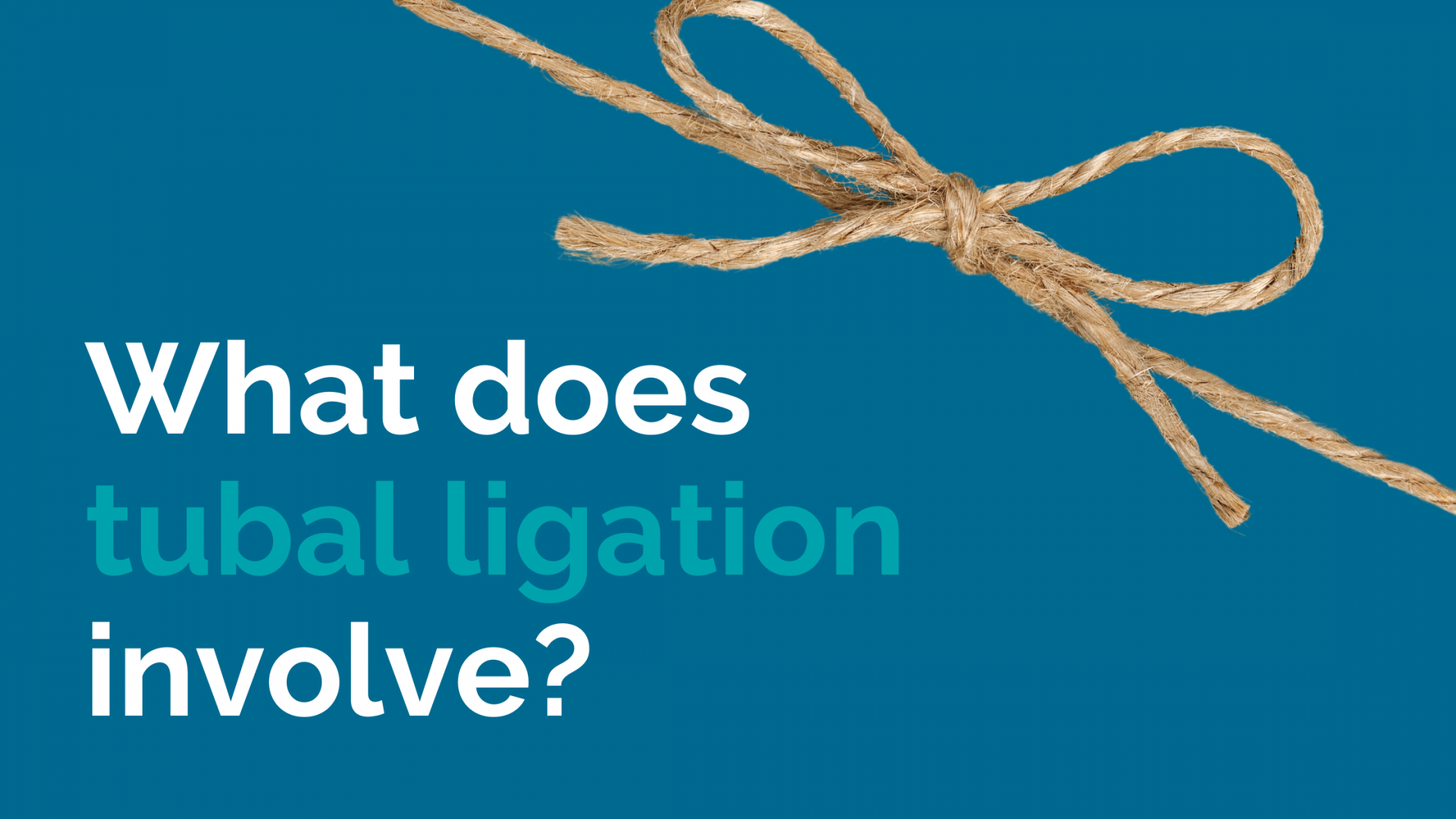So, your family is complete and you want to ensure there are no hiccups in the future. This means you need to consider whether you want to continue using some form of contraception or opt for a permanent solution. Many women wish to be free of the burden and anxiety associated with contraception after years of looking after that side of their lives. For this group, tubal ligation can be an attractive solution.
You may have heard other people referring to ‘having their tubes tied’ or deciding to be ‘sterilised’. These are common terms used to describe tubal ligation.
What are my options for permanent contraception?
You can, of course, continue to use contraception. Many women are 95% certain they have finished having children, but just like to keep their options open.
This means continuing any of the following:
- condoms (5% failure per annum)
- minipill (4% failure per annum)
- the pill (1-2% failure per annum)
- hormonal or copper IUD (0.5-1% failure per annum) or
- contraceptive implant (0.5% failure per annum).
Many couples continue to use withdrawal method (pull out) only. Failure rate per annum: pick a number!
Consequently, this is not recommended.
Alternatively, if you and your partner are certain you have no further desire for children, then either a vasectomy for the man, or tubal ligation for the woman is ideal.
What does tubal ligation involve?
Tubal ligation is a simple day-case surgery, under general anaesthetic, and takes around 15-20 minutes. Laparoscopy (or keyhole) surgery is employed. Two small cuts are made, and a telescope passes through one, and a narrow instrument for blocking the tubes through the other. After a few hours, you will be able to go home and rest for a couple of days before getting back to normal activity.
I have heard there are different techniques for tubal ligation?
This is true.
A: The commonest method is to apply filshie clips. These small clips made of titanium (an inert metal) are placed across the tubes and compress them creating a permanent blockage. Thus egg and sperm cannot meet, preventing fertilisation. The advantage of filshie clips is the option, should you ever wish to, to have microsurgery to reverse the blockage.
B: Tubal diathermy: similar to the above method but instead of clips, a small instrument creates a controlled thermal burn across the tube leading to a blockage. Reversal is still possible but less successful.
C: Bilateral salpingectomy. This involves the removal of both fallopian tubes laparoscopically and is quite straight forward to perform as a day case. The advantage of this is a 25% reduction in the risk of ovarian cancer in the future. This is irreversible. Popularity of this method has grown especially in women in their late 30’s to early 40s.
How do I decide what type of tubal ligation is best for me?
The decision is yours, but some of the factors you will no doubt consider are:
-Your age
-The concern about future unplanned children
-Your financial situation
-Career aspirations
-How settled and confident you are in your relationship
A useful question to ask yourself is: “under what unforeseen circumstances would you change your mind and have another child”.
What are the risks?
The main risk is regret. In my experience, this is really uncommon over the age of 35. Under the age of 30, most gynaecologists including myself advise to wait and continue contraception. Between 30 and 35 can be a little trickier to decide.
Failure rate: Approximately 1 in 500 risk of pregnancy per annum in future.
There are risks with laparoscopy itself, however laparoscopic sterilisation is the simplest of keyhole surgeries for most women.
What are the benefits?
The benefits of tubal ligation are not having to worry about using contraception. Being free of hormones or the hassle of condoms is a big relief for most couples.
Not having to worry about further pregnancies when the back seat of the car is already full can be comforting. Remember: It is rarely easy to decide what to do when an unplanned pregnancy occurs.
What should I do next?
Speak with your gynaecologist or local doctor about your contraception concerns and questions. They will be able to help provide the best options for you.
To make an appointment to discuss tubal ligation, call the rooms.
Author: Dr Peter England, Obstetrician and Gynaecologist.
Read more about Dr Peter England
This article is written and published by Dr Peter England, Obstetrician and Gynaecologist
Other posts you might find useful.
What are my options for emergency contraception?
The options for long acting reversible contraception
Surgical Termination of Pregnancy
Latest Posts

